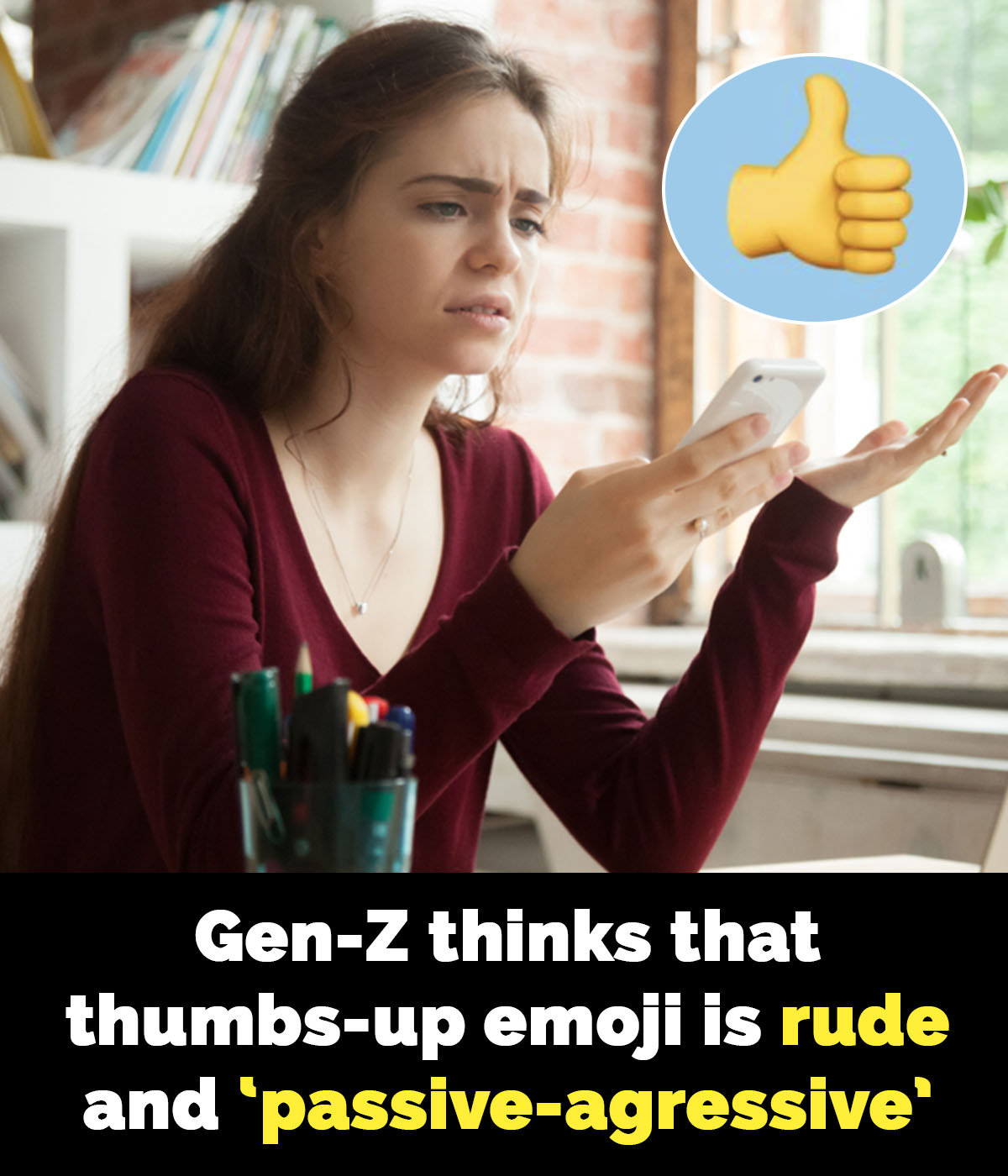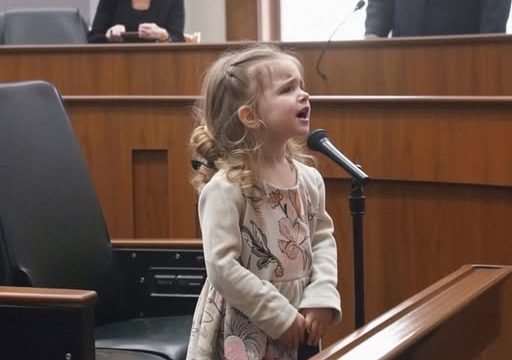Generational differences have always sparked debates, from Baby Boomers struggling to understand Millennials to Gen-X’s skepticism about new digital trends. Now, the spotlight is on Gen-Z, whose unique digital communication style is leaving older generations puzzled. One of the biggest surprises? Many Gen-Z individuals find the thumbs-up emoji not just outdated but also passive-aggressive.

For those who have used the thumbs-up emoji for years as a simple sign of acknowledgment or approval, this may come as a shock. But in today’s digital world, where every emoji carries a subtle nuance, the meaning of a simple thumbs-up has evolved. What was once a friendly gesture is now considered dismissive, insincere, and even triggering to some younger users.
Why Gen-Z Dislikes the Thumbs-Up Emoji
A recent discussion about emoji etiquette on social media highlighted how many young professionals, particularly Gen-Z employees, perceive the thumbs-up emoji in workplace communication. One user shared their experience after entering the workforce:
“I started a new job where we use Microsoft Teams for communication. The platform only offers a few emoji reactions, and most people respond to messages with a thumbs-up. But I find it unsettling and passive-aggressive. I prefer to respond with a heart reaction or even a short message like ‘Great!’ or ‘Thanks!’”
The post sparked a lively debate, with several users agreeing. One 24-year-old participant chimed in, saying, “For younger people, the thumbs-up emoji often comes across as passive-aggressive rather than supportive.”
Another person added, “It probably feels impersonal. Based on this post, you seem like someone who values more genuine interactions.”
This generational divide highlights how digital communication has evolved. For older generations, the thumbs-up emoji is simply a quick way to acknowledge a message. But for Gen-Z, it can feel dismissive—like someone couldn’t be bothered to type out a more thoughtful response.
Understanding Emoji Nuances in Modern Communication
The thumbs-up emoji isn’t the only one that has undergone a shift in meaning. Gen-Z has redefined the use of various emojis, making them symbols of sarcasm, passive-aggression, or even outright disrespect. For instance:
- The crying-laughing emoji (😂), once universally understood as a symbol of joy, is now seen by Gen-Z as outdated and often replaced by the skull emoji (💀) to indicate laughter—signifying that something is “so funny, I’m dead.”
- The checkmark emoji (✔️), often used for confirmation, can sometimes be interpreted as cold and dismissive.
- Even the classic smiley face (🙂) is now sometimes used sarcastically to convey irritation or passive-aggression.
Why Do These Differences Matter?
While it may seem trivial, emoji misinterpretations can lead to misunderstandings, especially in workplaces where communication is increasingly digital. A simple thumbs-up emoji might be interpreted as a warm acknowledgment by a Gen-X or Millennial boss but could leave a Gen-Z employee feeling dismissed or unappreciated.
The rise of remote work and digital collaboration tools has amplified these generational differences. Platforms like Slack, Microsoft Teams, and even simple text messages rely heavily on emoji-based communication. Understanding how different age groups interpret these symbols can help prevent workplace miscommunications and foster a more inclusive environment.
Should You Stop Using the Thumbs-Up Emoji?
Does this mean everyone should stop using the thumbs-up emoji altogether? Not necessarily. Context matters. In casual conversations among peers or with those who interpret it as a neutral or positive reaction, it remains perfectly fine. However, in professional settings—especially when communicating with younger colleagues—it might be more effective to use words instead of just a thumbs-up.
If in doubt, a simple “Sounds good!” or “Got it!” can replace the emoji and ensure that your message is received in the way you intend.
Bridging the Generational Gap
Understanding generational differences in digital communication isn’t about one side being right or wrong—it’s about adapting to evolving norms and being mindful of how others perceive our messages. Just as language changes over time, so do emojis and their meanings. Recognizing these shifts can help create smoother, more effective communication across different age groups.
So, what do you think about this change in emoji etiquette? Have you noticed generational differences in how emojis are used? Share your thoughts in the comments and let others know about this evolving digital language!





